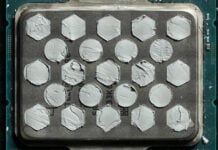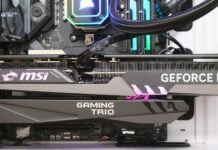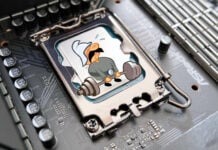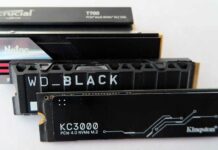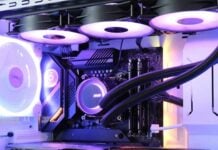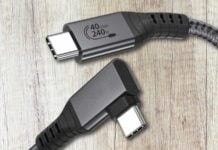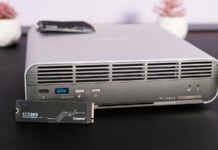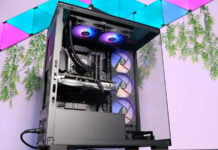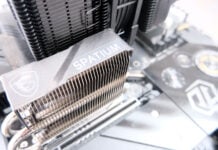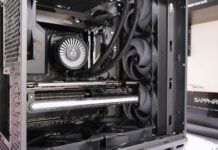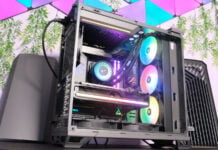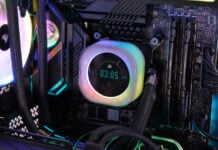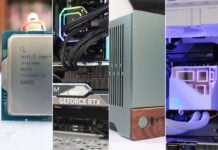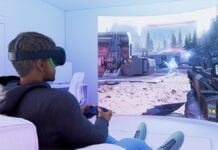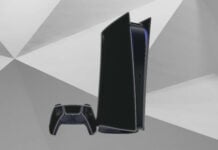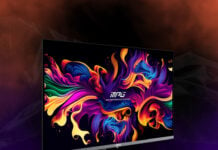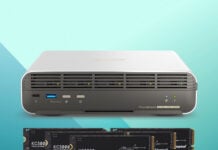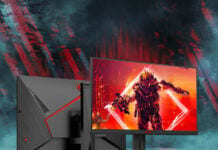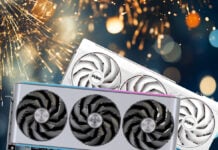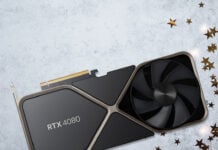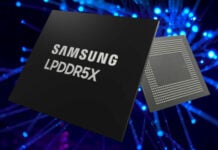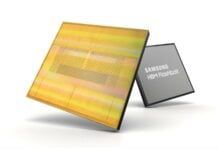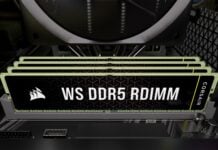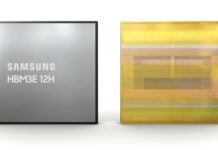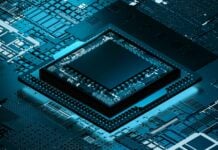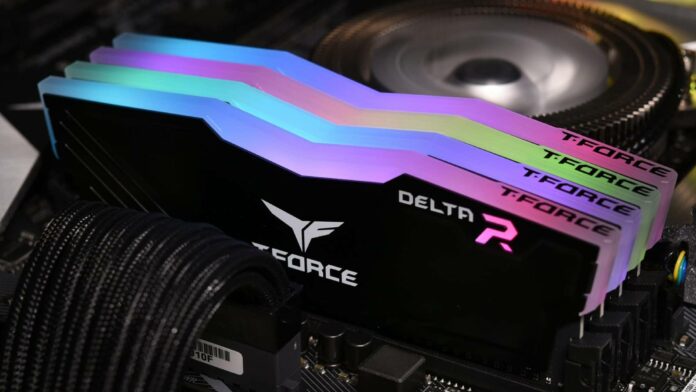
Dreams of DDR5-10000 don’t appear to be too far away according to JEDEC’s latest memory specification which has been updated to 8800MT/s. While it’s not quite as quick as the projected 10000MT/s, it’s a damn sight faster than the 6400MT/s which the tech debuted at just over three years’ ago. We’re getting closer, but processors are going to be the bottleneck here in reaching the full potential.
The new memory specification sees a massive boost from 6400MT/s to 8800MT/s which is a staggering increase of 37.5% (via Anandtech). However, while the specifications are indeed impressive, that’s not accounting for the superior cooling that’s going to be required, including thicker and larger heatsinks to compensate for the larger amounts of data in transit, similar to what we’ve seen in the jump to Gen 5 NVMe SSDs over their predecessor; leading figures which require a more sophisticated thermal solution.
You’re looking at 62-62-62 timings which caps out significantly past leading models available now that are capable of pushing up to and beyond 8000MT/s such as Teamgroup T-Force Delta RGB and G.Skill Z5 RGB Trident DDR5 RAM with timings of 32-39-39. The laxer latencies open the door for even faster memory, which could come in a similar time frame of two to three years.
What’s going to be the ceiling here are the current crop of PCIe 5.0 components such as the CPU which will need to support RAM of this speeds. For example, right now you can run out and buy the Intel Core i7-14700K processor which only officially supports up to DDR5-5600, meaning the likes of 6000MT/s kits and above are off the table unless you’re overclocking. It’s only really the likes of the Intel Core i9-14900KS which can support DDR5-8000 through XMP – meaning overclocking the hardware far from stock, which can be done safely if your CPU’s up to the task.
However, current CPU technology is evolving slower than the speeds of RAM appear to be. Little has changed in the jump from the top-end 13900KS to the 14900KS. Team Red has deviated from Team Blue, though, as AMD’s Ryzen 7000 chipsets exclusively support DDR5 RAM. However, the flagship model in the lineup, the Ryzen 9 7950X only officially supports 5200MT/s at stock, needing Expo (overclocking) to push beyond those boundaries. Simply put, overclocking tech and processors need to catch up before RAM can get faster.


